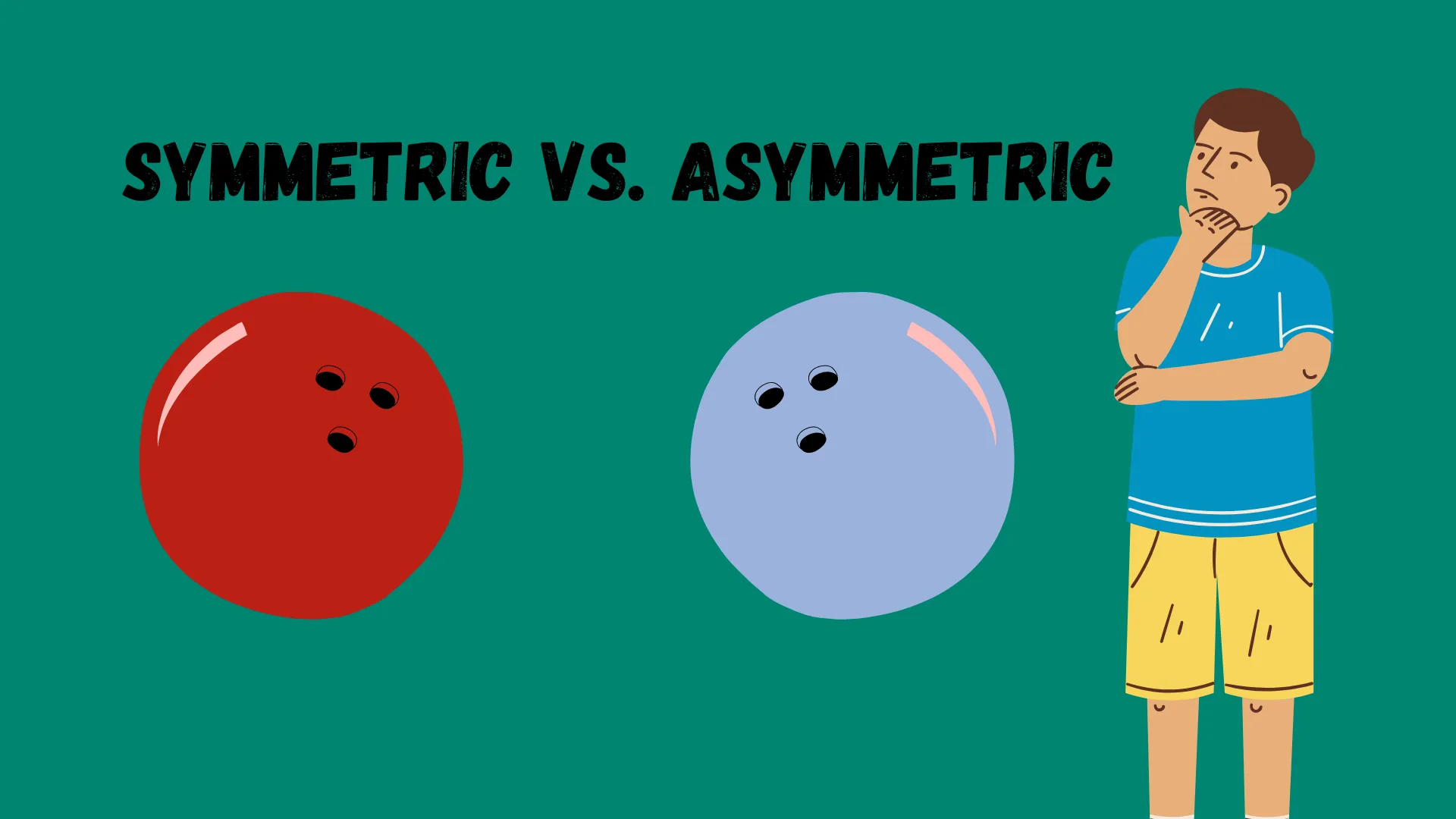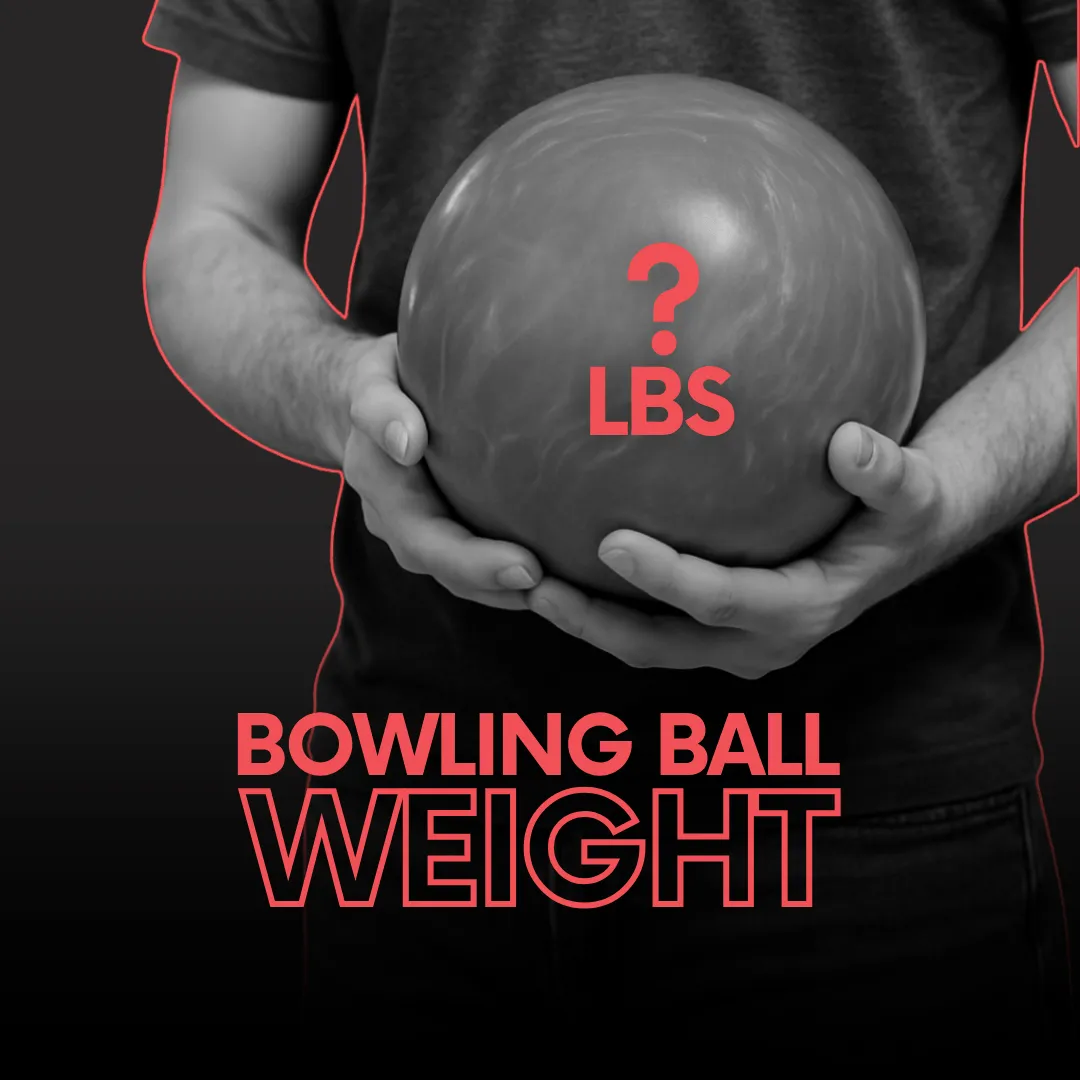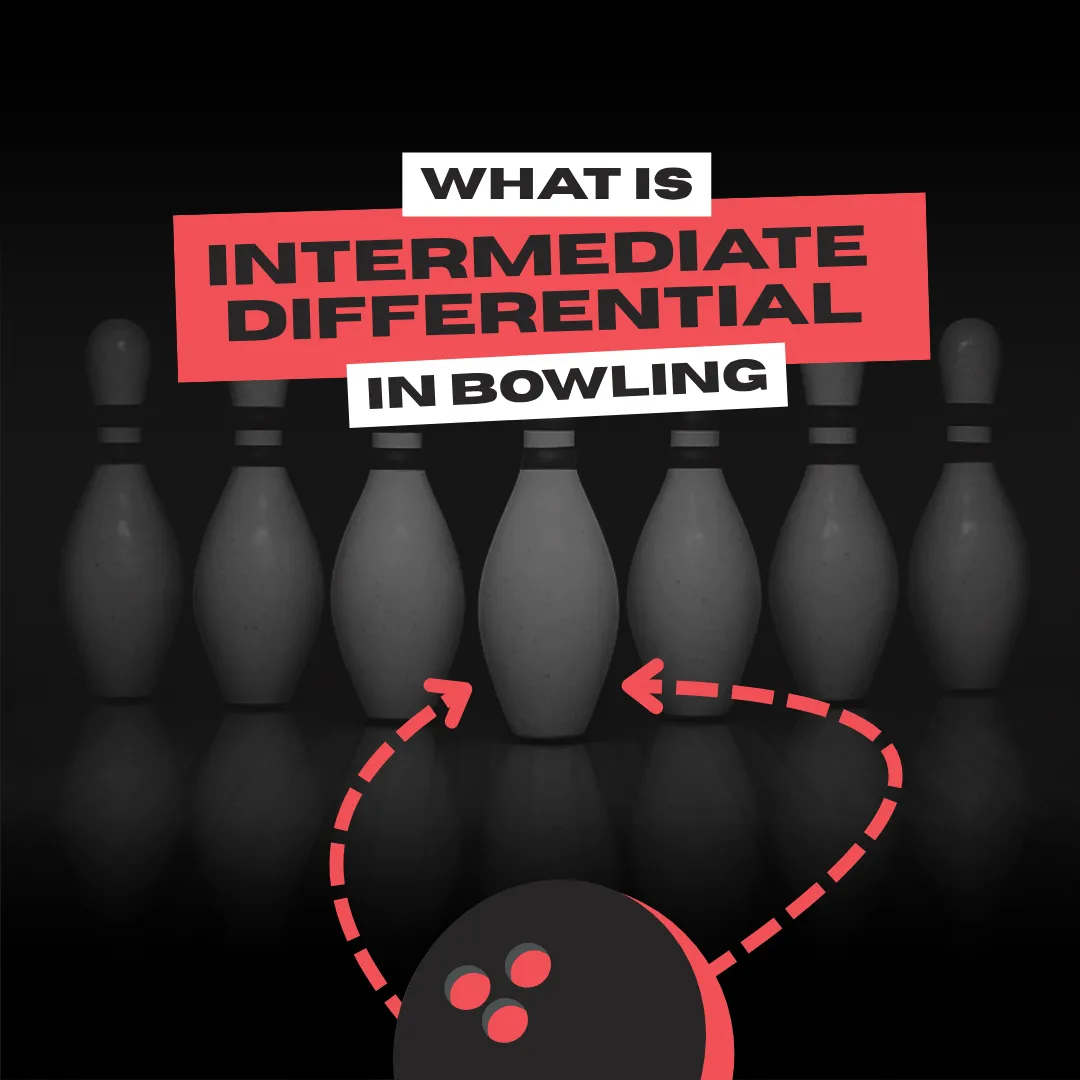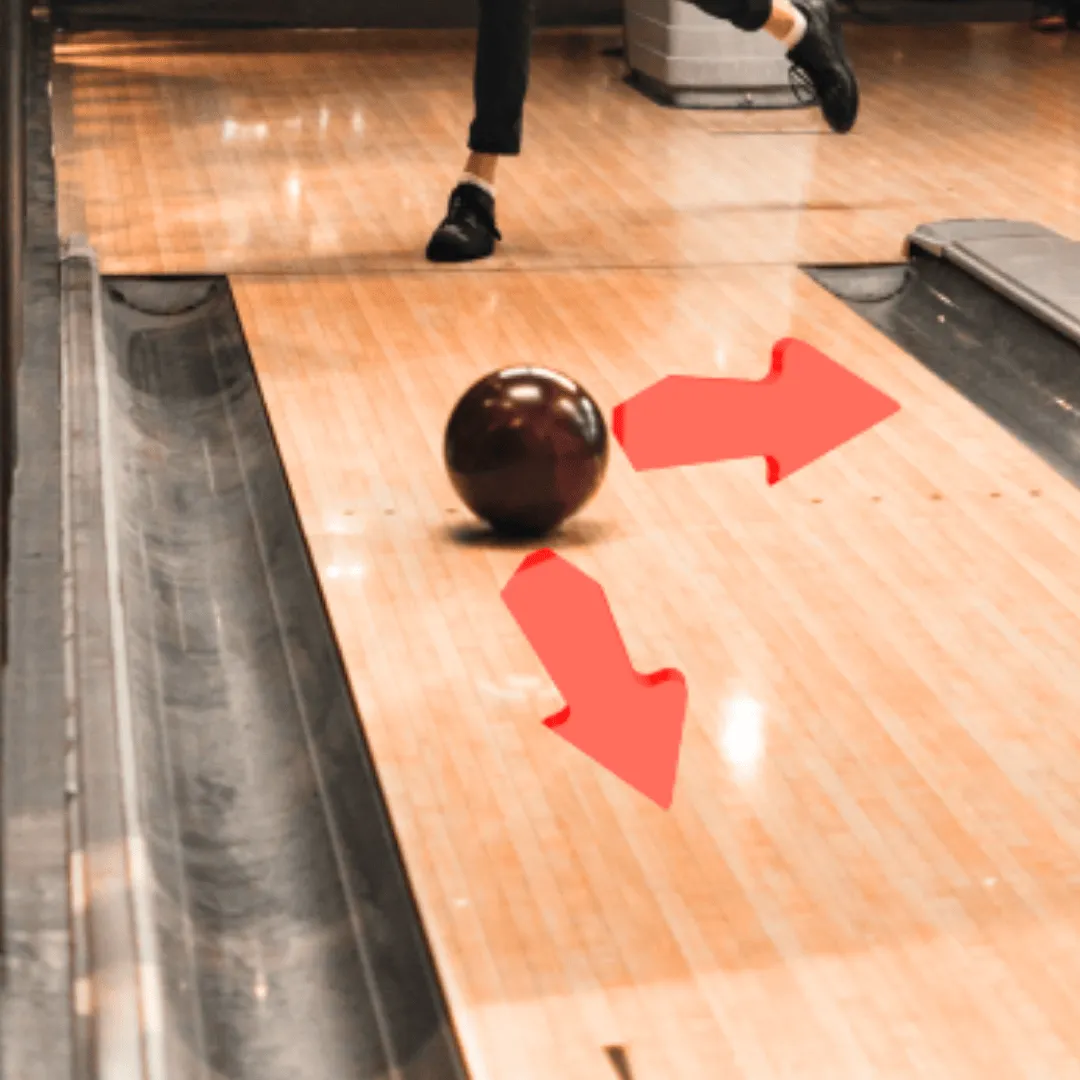If you have visited the bowling pro shop, you probably noticed the terms 'symmetrical' and 'asymmetrical' are used quite often. But what does it mean? What is the difference between the two? Understanding these terms and knowing the differences can help you select your next bowling ball, understand bowling ball motion better, and know when a ball change needs to be done during the game.
But first things first. We'll try to clarify this topic as simply as we can. But keep in mind that we are diving into the more profound bowling understanding, so it is OK to read this article a few times before it starts to makes sense.
Inside the bowling ball
A bowling ball is not just a piece of concrete with some colors on its surface. A professional bowling ball is a high-quality, complex sports tool. If you ever cut a ball in half, just like in one of those chocolate eggs, you'll notice a surprise inside of it. That surprise is a core. A core is made of weightier materials (such as iron or calcium oxides), making it the heaviest part of a bowling ball. The core defines the rotation of a bowling ball down the lane.
Types of cores
In terms of its shape, the core can be symmetrical or asymmetrical.
A symmetrical core can be split in equal proportion from top to bottom or from one side to another. In other words speaking, imagine a sphere - if you cut it in half, you will have two identical pieces—the same thing with a symmetrical core (that is why it is called symmetric). Symmetricals have two principal moments of inertia (X and Y axes).
An asymmetrical core, on the other hand, is a bit different. An asymmetrical core can't be split into two identical pieces, as one will have an additional part sticking out on one side or the other. That additional part causes a weight imbalance forcing the ball to change direction as the ball tries to return to its stable balance point. Asymmetric bowling balls have not two but three principal moments of inertia (X, Y, and Z axes).
Radius of gyration (RG) and differentials
Now that you know what symmetrical or asymmetrical cores are, we can talk rocket science here. RG is a measurement of mass distribution inside of a ball. It measures the distance from the axis toward the center (known as low RG), toward the coverstock (high RG), or between the two points (medium RG). The higher RG, the further the core mass from the center of a ball is. Usually, a low RG would be around 2.47, while 2.57 would be considered a high RG.
Differentials can be total and intermediate. The total differential is the difference between low RG (X axis) and high RG (Y axis). Intermediate differential can be only found in asymmetrical balls, as it is the difference between the high RG (Y axis) and intermediate RG (Z axis).
How does it help in practice?
You should memorize three basic things:
- The higher RG, the more back-end motion a bowling ball will produce, as high RG ball skids more and tends to conserve more power for the further part of the lane.
- Symmetricals deliver small differential ratios. It means it will produce a soft, controllable motion.
- Asymmetricals have higher differential, causing sharper, more angular motion when meeting friction.
While symmetric bowling balls tend to have more predictable, smoother arc motion, asymmetricals give additional skid to deliver the ball further down the lane with a more angular, aggressive ball reaction. It comes in handy when lanes break down.
Conclusion
Remember that a ball hook's aggressiveness mostly depends on preparing a coverstock. But it is crucial to know the differences between symmetric and asymmetric bowling balls as it gives you more options. Bowling is a strategic game. The more options and knowledge of when to use them you have, the easier it becomes to get the ball where you want it to be over and over.




